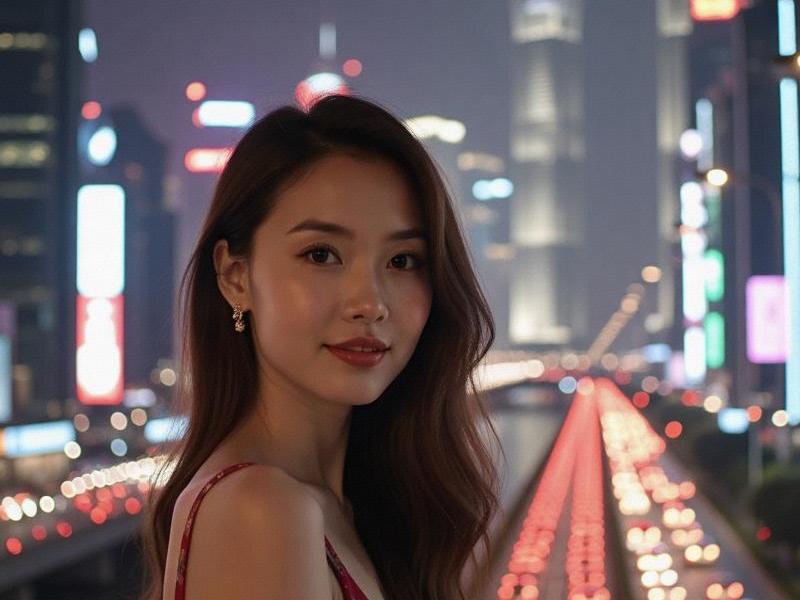The Shanghai Woman Paradox: Tradition and Modernity in China's Most Cosmopolitan City
⏱ 2025-05-31 01:00 🔖 爱上海千花网
📢0℃

Section 1: Historical Foundations
Shanghai's feminine ideal has evolved through distinct eras:
- 1920s "Modern Girls" blending Chinese and Western styles
- Socialist era (1949-1978) gender equality in workforce
- Post-reform (1978-2000) reemergence of fashion culture
- Digital age global citizens (2000-present)
Section 2: Contemporary Manifestations
A. Professional Landscape:
- 43% of senior corporate positions held by women
- 58% of tech startups have female founders
上海龙凤阿拉后花园 - 72% of women pursue postgraduate education
- Average salary at 91% of male counterparts
B. Cultural Expression:
- Qipao revival with modern silhouettes
- "New Chinese Chic" fashion movement
- Digital content creators redefining beauty standards
- Art collectives exploring feminine identity
C. Social Dynamics:
上海品茶网 - Marriage age delayed to 30.5 (city average)
- 38% choose single lifestyle by preference
- "Two-Child Elite" balancing career and family
- Wellness industry dominated by female entrepreneurs
Section 3: Global-Local Tensions
- Western feminism vs Chinese "she power" concepts
- Beauty standards: pale skin vs tanning trends
- Traditional matchmaking coexisting with dating apps
- Filial piety expectations vs individual aspirations
爱上海419论坛
Case Studies:
1. Zhang Lei - Tech CEO and calligraphy master
2. Sophia Wang - Michelin-starred chef preserving family recipes
3. Tina Xu - Digital artist blending ink painting with VR
4. Linda Chen - Venture capitalist funding female founders
Expert Perspectives:
Dr. Wang Li (Fudan University): "Shanghai women have created a third way - neither wholly Western feminist nor traditionally Confucian, but a pragmatic hybrid suited to China's rapid modernization."
Conclusion:
The Shanghai woman represents the city itself - simultaneously rooted and cosmopolitan, traditional and innovative. Her evolving identity offers insights into China's broader social transformation while challenging simplistic East-West dichotomies about feminine ideals.
Shanghai Style Revolution: How Local Women Are Crafting a New Global Beauty Paradigm《边界消融时:上海与周边城市的"同城化"实验》Shanghai Showgirls: Entertaining Life on the Edge of CultureShanghai and the Surrounding Area: A Dynamic Hub of Economic and Cultural ExchangeShanghai's Nightlife Evolution: The New Era of Entertainment Clubs in China's Global CitySilicon Bund: Shanghai's Ambitious Quest to Become Asia's Tech Capital《共饮一江水:长三角生态绿色一体化发展示范区三年记》Shanghai's Nightlife Evolution: How Entertainment Venues Are Redefining Urban Leisure in 2025Shanghai's Neuro-Aesthetic Singularity: Where Jiangnan Silk Algorithms Rewrite Quantum GlamourNeon Renaissance: How Shanghai's Elite Clubs Are Redefining China's Nightlife Economy

